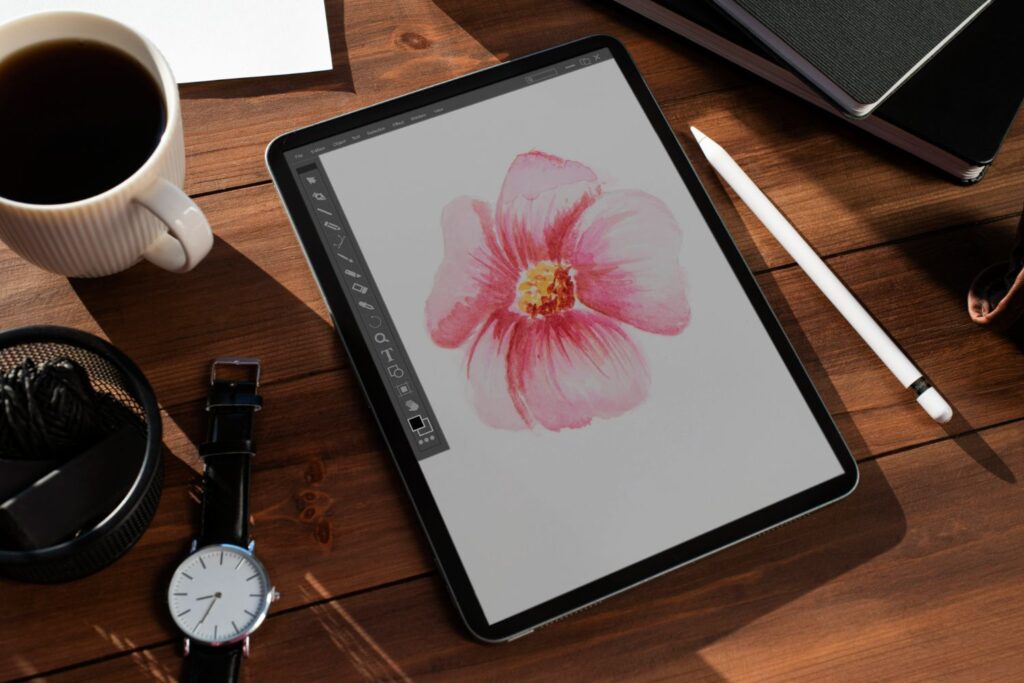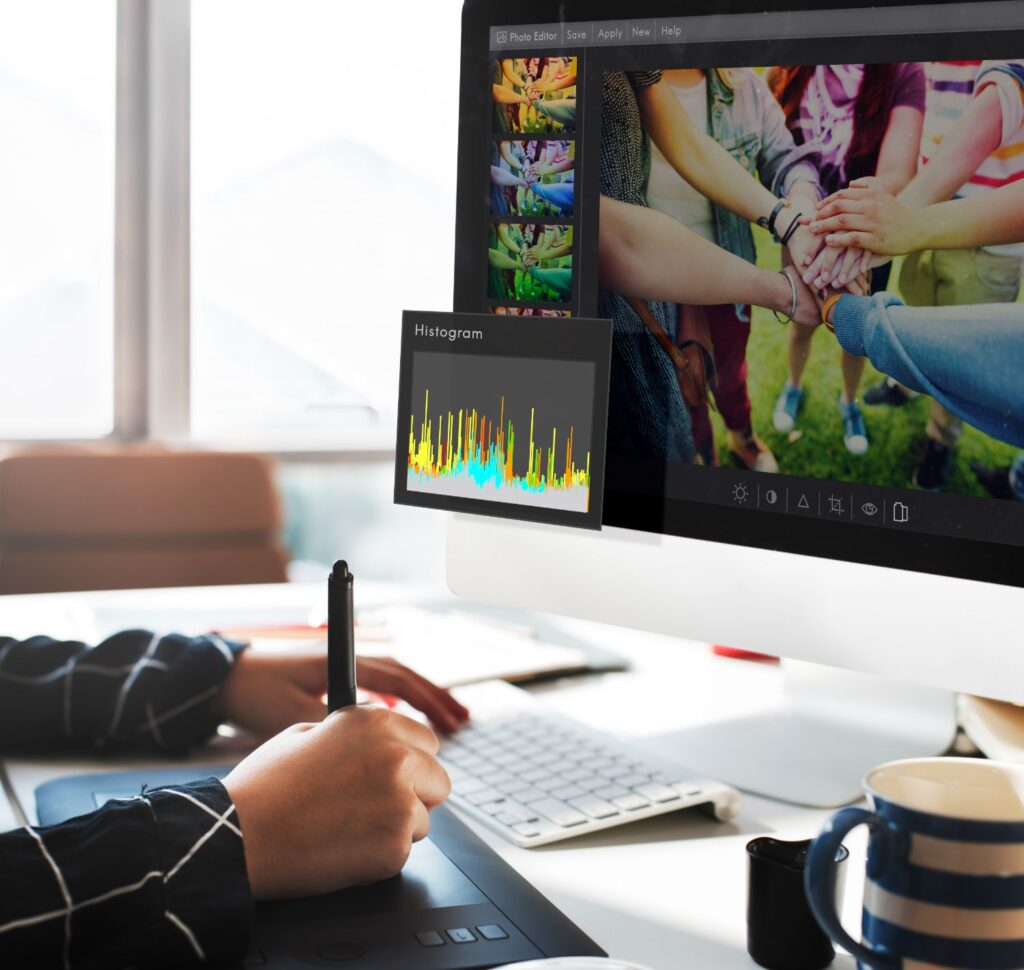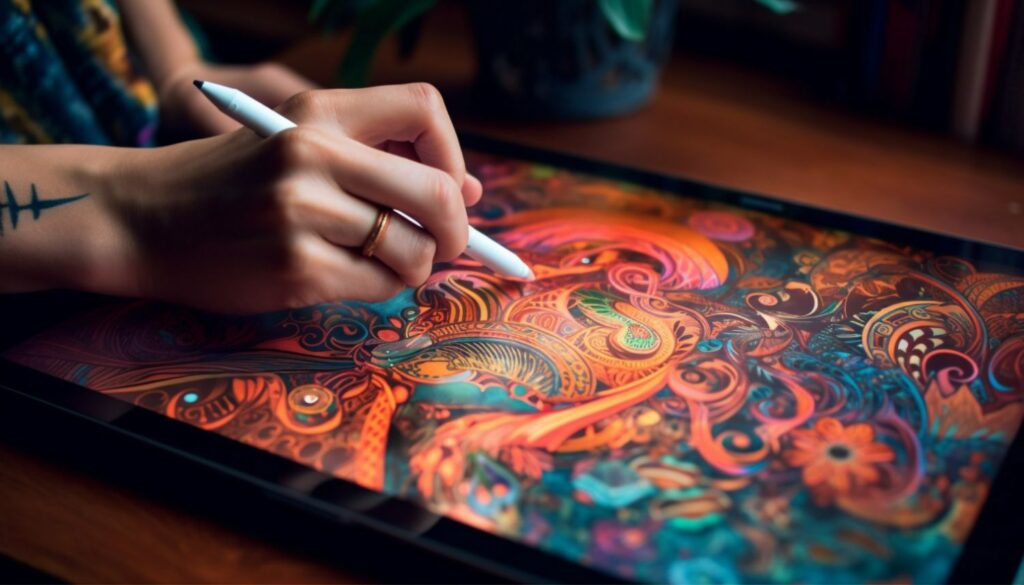Is iPad Good for Pixel Art? — Uncover the Pros and Cons of Using an iPad to Create Stunning Pixel Art Masterpieces
Introduction
=============
Pixel art is a digital art form that has gained traction in recent years thanks to its nostalgic charm and unique visual style. In this artistic medium, images are created by arranging individual pixels on a grid to resemble old-school computer and video game graphics. With the increasing use of high-resolution displays and touchscreens, artists are constantly seeking the best ways to create pixel art. This begs the question, is iPad good for pixel art creation? In this article, we will delve into the pros and cons of using an iPad to create pixel art masterpieces.
Pros of Using an iPad for Pixel Art
1. Highly Responsive Touchscreen
One of the most notable advantages of using an iPad for pixel art is its highly responsive touchscreen. This allows for precise pixel by pixel manipulation, which is essential for creating intricate pixel art designs. Additionally, the touchscreen provides a natural and intuitive feel, allowing you to make more accurate and faster selections.
2. Large Screen Size
The iPad offers ample screen real estate, making it an excellent choice for pixel artists who need a bigger canvas to work on. This larger screen size allows you to create more detailed and expansive pixel art designs, and zoom in closely without losing the quality of your work. Additionally, the iPad’s high-resolution display ensures crisp and clear visuals, allowing you to see each individual pixel.
3. Powerful Performance and Battery Life
Most iPads are equipped with powerful processors and long-lasting batteries, ensuring that you have more than enough power to run even the most demanding pixel art software. This helps to eliminate lag and slowdowns when working on detailed and complex projects, allowing for a smoother and more enjoyable creative experience.
4. Access to a Wealth of Apps and Software
There is an ever-growing number of pixel art-focused apps and software available on the App Store, catering to the specific needs and preferences of different artists. Some popular options include Pixel Studio, Pixaki, and Procreate, which provide professional-grade features and tools to help you create stunning pixel art on your iPad.
5. Apple Pencil Compatibility
The Apple Pencil is an excellent accessory that significantly enhances the pixel art creation experience on the iPad. With its impressive pressure sensitivity and tilt functionality, the Apple Pencil allows for precise pixel placement and a more natural drawing experience.
Cons of Using an iPad for Pixel Art
1. Cost
One of the main drawbacks of using an iPad for pixel art is its cost. iPads, along with other Apple products, are typically quite expensive, which may be a deterrent for some artists. Moreover, purchasing a compatible Apple Pencil and pixel art software will add to the overall cost.
2. Limited Customization
While the iPad offers a wealth of apps and software for pixel art, it may not provide the same level of customization and control as traditional desktop software such as Aseprite or Photoshop. This can be limiting for some artists who prefer a more personalized workflow and software environment.
3. Difficult File Management
Unlike a computer, iPads can sometimes be unwieldy when it comes to managing files and accessing external storage options. This can be a hindrance when managing large-scale pixel art projects or working with multiple clients, which require seamless file-sharing capabilities.
4. Dependency on Internet Connection
Although not always a deal-breaker, depending on your location and internet access, iPads either require Wi-Fi or cellular data connections to function optimally. This can be a limitation if you need to upload or download files quickly or want to work on your pixel art projects while on the move.
5. Growth and Compatibility Concerns
As technology continues to advance, there is always a risk that devices such as iPads may eventually become outdated or incompatible with newer software and accessories. This can result in artists needing to upgrade their devices frequently, incurring additional costs over time.
Conclusion
==========
While iPads offer numerous benefits for creating pixel art, such as their responsive touchscreens, large displays, and compatibility with the Apple Pencil, they also have their drawbacks, including cost, limited customization, and potential compatibility concerns. Ultimately, whether an iPad is the right tool for your pixel art endeavors will depend on your personal preferences, budget, andworkflow requirements. By weighing the pros and cons listed in this article, you can make an informed decision on whether an iPad is the right choice for your pixel art projects.
FAQs
==========
1. What are some good apps for pixel art on the iPad?
Popular pixel art apps for the iPad include Pixel Studio, Pixaki, and Procreate. These apps offer professional-grade features and tools tailored specifically for pixel art creation.
2. Can I create high-resolution pixel art on an iPad?
Yes, iPads feature high-resolution displays that allow you to create high-quality, detailed pixel art. Additionally, many pixel art apps support exporting your artwork in high-resolution formats for further editing or printing.
3. Is the Apple Pencil necessary for creating pixel art on an iPad?
While not required, the Apple Pencil significantly enhances the pixel art creation experience with its precise and natural drawing capabilities. However, you can still create pixel art using just your fingers on the iPad’s touchscreen.
4. Can I transfer my pixel art from the iPad to a computer for further editing?
Yes, you can easily transfer your pixel art creations between your iPad and a computer using cloud storage services, such as iCloud or Dropbox, or by directly connecting your iPad to your computer.
5. Are there any alternatives to iPads for creating pixel art with a touch screen?
There are alternative devices, such as Android tablets or Microsoft Surface tablets, that can be used to create pixel art with touch screens. However, it’s essential to research and consider the availability of suitable pixel art apps, performance, and compatibility with styluses for each of these devices.




